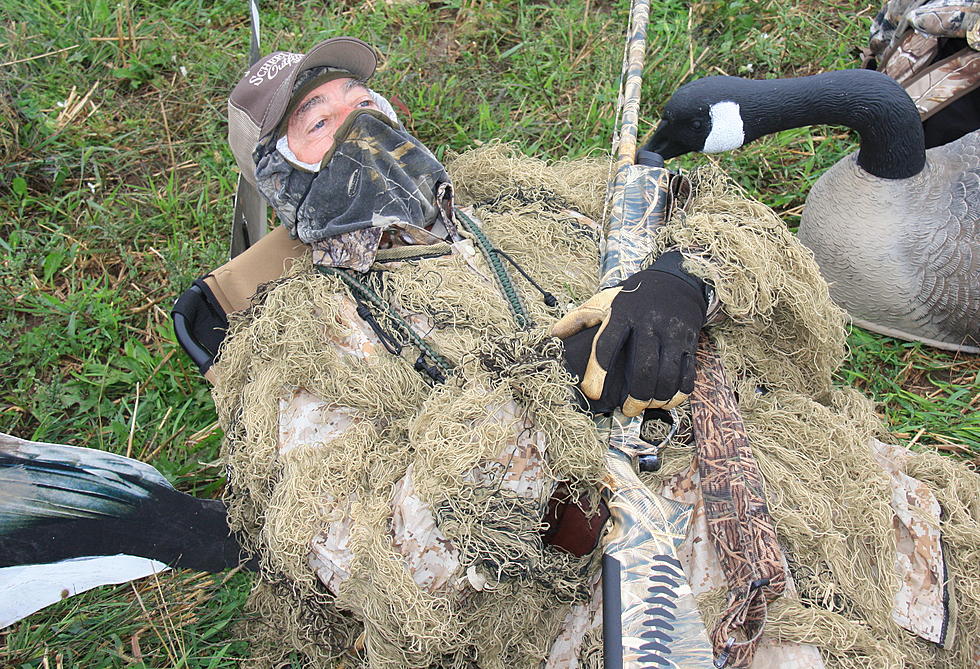
Changing Tactics for Late Season Geese
The air was fresh as the wind frosted my mustache and stung my eyes. In an effort to combat my shivers, I snuggled deeper into my layout blind and readjusted my stocking cap and neck gaiter.
With the cold hanging over our heads, I looked forward to the sun coming up and warming the landscape. The sun would also be important for melting the white frost off of the decoys.
Hunting Canada geese in the late season is often a chilly affair that is not for the faint of heart. It also takes some different strategies as the geese behave differently in the cold conditions.
First of all, geese are not all that anxious to fly in the early morning on cold days. They are very content to let the air warm up before they stretch their wings. On some days, it might be close to nine o’clock before the first flocks are seen on the horizon.
Even though the geese might not be early fliers, mallards often are. For this reason, we run a spinner in the early hours. We often get groups of mallards to swing the goose decoys in the low light period.
Because geese do not like spinning wing decoys, I run a wire from my spinner back to my blind. This allows me to turn the spinner off if some early rising geese should show up.
During the late season, geese are no longer interested in doing any grazing on greenery. They are looking for serious food that will allow them to build up fat reserves for winter and the migration.
Because of this fact, we hunt corn fields exclusively. Most of the time, these fields are chisel plowed by this time of the year.
Hiding layout blinds in a chisel plowed field is not always that easy. For this reason, we often look for fields that have an abundance of debris and residue stocks in them. This allows us to hide blinds easier and blend in better with our surroundings.
Due to the patterns of geese, this is not always possible. Hunters need to be aware of the fact that geese are very blind savvy late in the season and do their very best to improve concealment. If it is not too cold, ghillie suits reduce the geometric blind profile.
I often find evening hunting to be quite good. The fact there are no frost issues on the decoys is helpful. Plus, it is also warmer. During really cold weather, geese will frequently make one feeding movement a day that takes place later in the afternoon and evening.
Due to the wariness of the geese, I try to utilize motion decoys whenever the wind blows. Shells on stakes and windsocks will give my spread more realism. Shells with sleeper heads are always useful late in the year.
Geese are tough birds and will stick around as long as they have easy access to food. Hunters that target birds late in the season will find the conditions are different, but success is still possible if tactics are changed.
More From 103.7 The Loon








![[GALLERY] Choad on the Road: CHS Field for Saints vs (Iowa) Cubs](http://townsquare.media/site/66/files/2024/04/attachment-IMG_20240413_140827114_HDR-e1713190000620.jpg?w=980&q=75)
